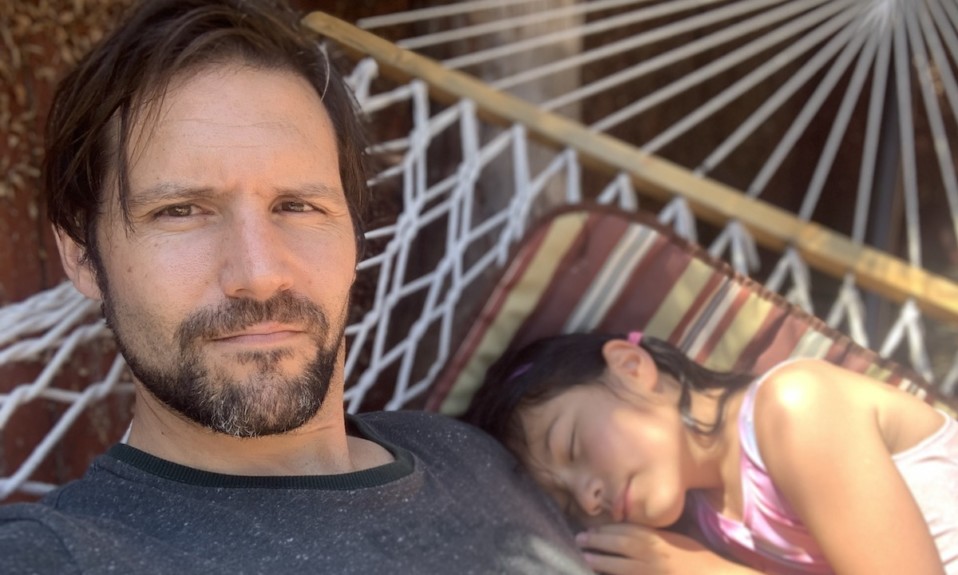| September 2006 |
| A Non-Profit Stays The Course
When Confronted With Managed Care, Valley Hope Redoubled Its Efforts to Treat Middle America
Instead of ignoring the addiction issue, as most med surg facilities do to this day, Norton’s small team of medical professionals decided to call Dr. William Leipold, who was then working several states away in North Dakota running a substance abuse program there. Dr. Leipold came to Norton and began looking into the local substance abuse problem, with the upshot that a small twelve-bed inpatient center was opened in a state facility nearby. From that small program grew what is today known as Valley Hope Association, one of the nation’s leading private, non-profit addiction treatment agencies with operations in seven states. Last year, Valley Hope treated almost 6,500 individuals on an inpatient basis, an increase of over 50 percent over the past five years. Like the nation’s other top non-profits that operate in the private market for addiction treatment services – centers like Betty Ford, Hazelden and Caron – Valley Hope is highly active in organizations like Naatp and, like its high-powered non-profit brethren, has a permanent seat on the Naatp board. But over the years, and especially in managed care’s wake, Valley Hope has pursued a much different business model in the quest to fulfill its mission. “In Western Kansas, people never had a lot of money to pay for help, so we have developed a high volume, low cost model of treatment” says CEO Ken Gregoire. “We treat middle class Americans.” Middle Class Care Valley Hope’s role as a purveyor of treatment services to the middle class has become especially important in the wake of managed care, whose policies during the 1990s decimated the inpatient treatment business, with more than 50 percent of all inpatient centers closing their doors throughout the decade. Commercial payors have instead promoted an outpatient model of care, while in the 1990s cutting by over 10 percent their overall payments made to the industry, which in 2001 stood at $2.4 billion. In contrast, private pay – client out-of-pocket payments to the treatment industry – jumped by 40 percent, reaching $1.4 billion by 2001. During this period, government payments to treatment centers – payments that to a large extent go to the big public providers like Gateway Foundation, WestCare and Phoenix House – have skyrocketed, rising by about 100 percent between 1991 and 2001 to reach almost $14 billion, accounting for nearly 80 percent of all payments to treatment centers. What this all means is that, since the advent of managed care, the poor and those moving through the justice system have had increasing opportunities to receive quality inpatient care, and the rich, as always, have had similar opportunities. But the middle class, those that rely primarily on insurance for treatment services, have had strong and increasing difficulties accessing such care. Important Mission In this context, Valley Hope’s stated mission to treat the middle class has taken on a new importance for the treatment industry, where in the private, non-profit sector there are fewer and fewer business models still capable of dealing with the economic exigencies of managed care. Many of the nation’s leading private non-profits – with the notable recent exception of Hazelden, which under a contract with Blue Cross has been taking large numbers of privately insured patients – stopped accepting insurance years ago. Instead, like most of the for- profits, they adopted a private pay model, moving up the patient economic food chain while seeking out a high-end demographic clientele. And prices at non-profits like Betty Ford, Hazelden and Caron have moved up along with this effort, to the point where $20,000 for a 30- day inpatient stay is now considered relatively reasonable on the private side of the business. But Valley Hope’s inpatient prices, at around $10,000, are about half that, and Ken Gregoire thinks that’s still too high: “In Western Kansas, ten thousand dollars has always been, and still is, a lot money.” The roots of Valley Hope’s current business model can, to some extent, be traced to the advent of managed care, and Valley Hope’s experience with that, like all others in the treatment business, was wrenching in the extreme. But there is another aspect of Valley Hope’s business model – one that long antedates managed care – that has proven hugely important its effort to continue treating the middle class. In an operation that is unique within the treatment business, Valley Hope runs what is in effect a large in-house treatment financing operation, signing individual contracts with clients who agree to pay for their care in installments, something most other treatment centers have over the years assiduously avoided. “Others have eschewed financing for obvious reasons,” says Valley Hope COO John Leipold, the son of Dr. William Leipold, the aforementioned clinician who helped found the institution years ago. “Addicts tend not to be the best credits.” Anger Management Valley Hope”s experience with managed care, to hear Leipold tell the story, was initially very much an exercise in institutional anger management. “There was a huge degree of anger at the new environment in which we found ourselves,” says Leipold. “But we knew we did not have the power to change the payors, so we knew we had to deal with it.” One way that Valley Hope dealt with the onset of managed care, indeed the principal way it was able to cope on a business level, was to invest heavily in an information management system in order to handle the intrusive utilization review demands of the payors. “The volume of paperwork and other requirements on our clinicians has increased enormously with managed care,” says Leipold, who points out that Valley Hope clinicians are able to still carry the same pre-managed care caseloads only because of the new information management capability. “We’d have to have twice the staff if it weren’t for our systems,” he says. The upshot of Valley Hope’s efforts to control its institutional anger, its investments in new systems and its overall efforts to partner with managed care is that the non-profit still garners about 60 percent of its revenues from commercial payors. And the average length of stay at Valley Hope is about 21 days, which is right in line with other operators that rely heavily on commercial payors, like CRC Health Group. But CRC, in the wake of high-end acquisitions, by the end of last year had a big part of its inpatient business that is private pay. Treatment Installments And Leipold says that if it weren’t for Valley Hope’s extensive in-house financing operation, which in essence is a middle class form of private pay, average time in inpatient might be a third to a half lower. “Much of our financing involves installment contracts that kick in once the payors refuse to continue paying,” says Leipold. Over the years, various treatment entrepreneurs have tried to get banks and finance companies – a unit of GE Capital was recently approached – to create financing programs for their clientele, very much in the same way that plastic surgeons, dentists and other medical services providers offer credit programs. But, so far, none have stepped up to the plate.
“While many of our installment contracts are paid back, many are also not paid,” says Leipold, adding that Valley Hope does not sue its former clients over collections. The extent to which Valley Hopes extends credit can be found on its balance sheet in terms of its accounts receivable and bad debt charge offs, two line items that are negligible at other non-profits like Betty Ford and Caron. Hazelden runs larger accounts receivables, likely a result of its Blue Cross contract, but its allowance for bad debt, like at Betty Ford and Caron, is very small compared to its overall revenues. At Valley Hope, however, these line items are among the largest on its financial statements, reflecting its efforts to finance treatment for middle class addicts. While Valley Hope also gives away about 5 percent of its revenues on straight-up charity care, the nonprofit says it is not its philosophy to give away care. “We want to instill a sense of responsibility,” says Leipold. This philosophy showed up on the balance sheet in 2004 as $16 million in accounts receivable, most of which is installment loans to addicts. Valley Hope’s revenues were $33 million in 2004, with write-offs on its installment loans amounting to $7 million that year, a huge sum relative to its accounts receivable and revenues. Certainly, no commercial banking operation would be interested in a business where it wrote off about 50 percent of its loans year in and year out like Valley Hope has. But Valley Hope, while it acts like a bank sometimes, is in fact a charity. One that has stood true to its long held mission of treating America’s middle class. TJ |


 Almost forty years ago, doctors in tiny Norton, KS – a mostly agricultural enclave in the Northwestern part of the state – began to notice that an alarmingly large number of admissions to the local emergency room seemed to have a common substance abuse thread.
Almost forty years ago, doctors in tiny Norton, KS – a mostly agricultural enclave in the Northwestern part of the state – began to notice that an alarmingly large number of admissions to the local emergency room seemed to have a common substance abuse thread.










